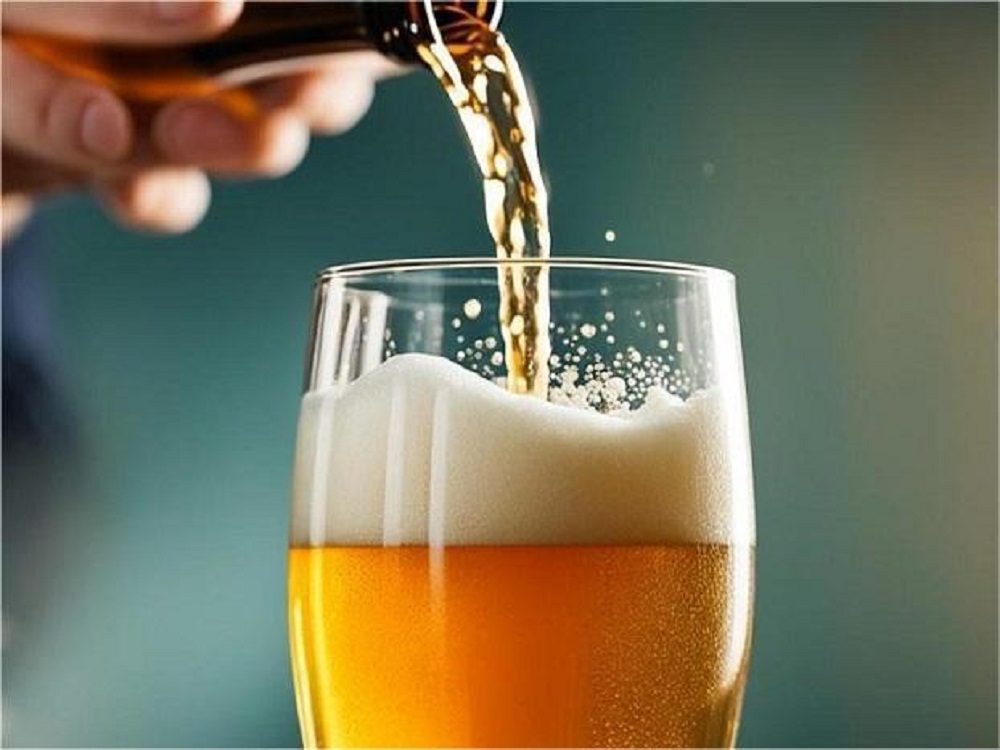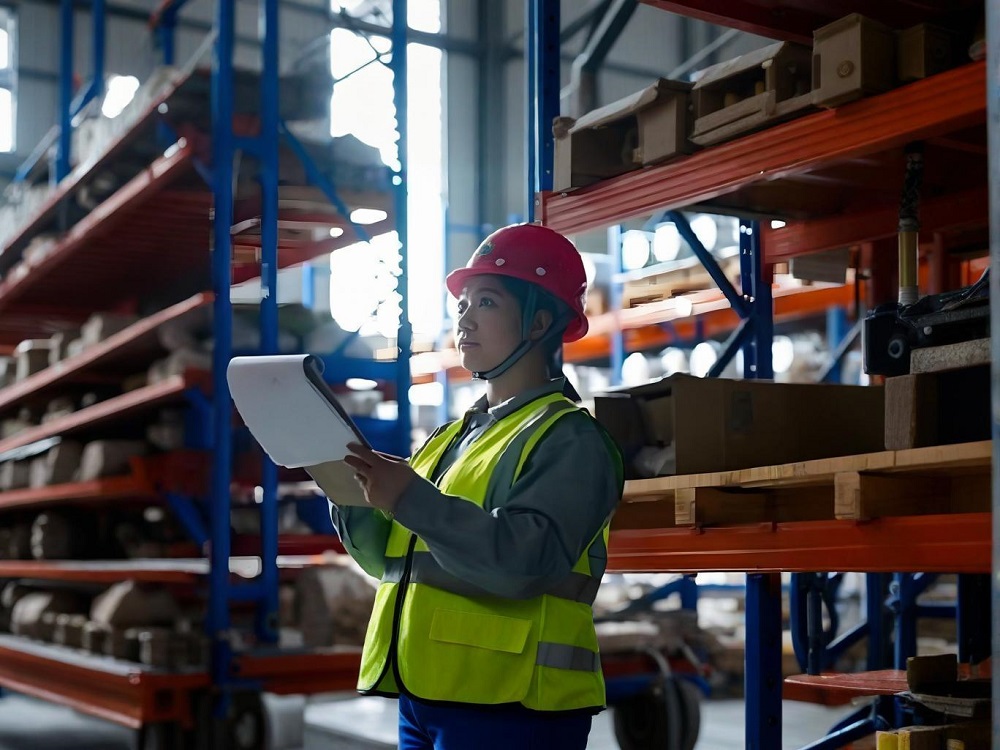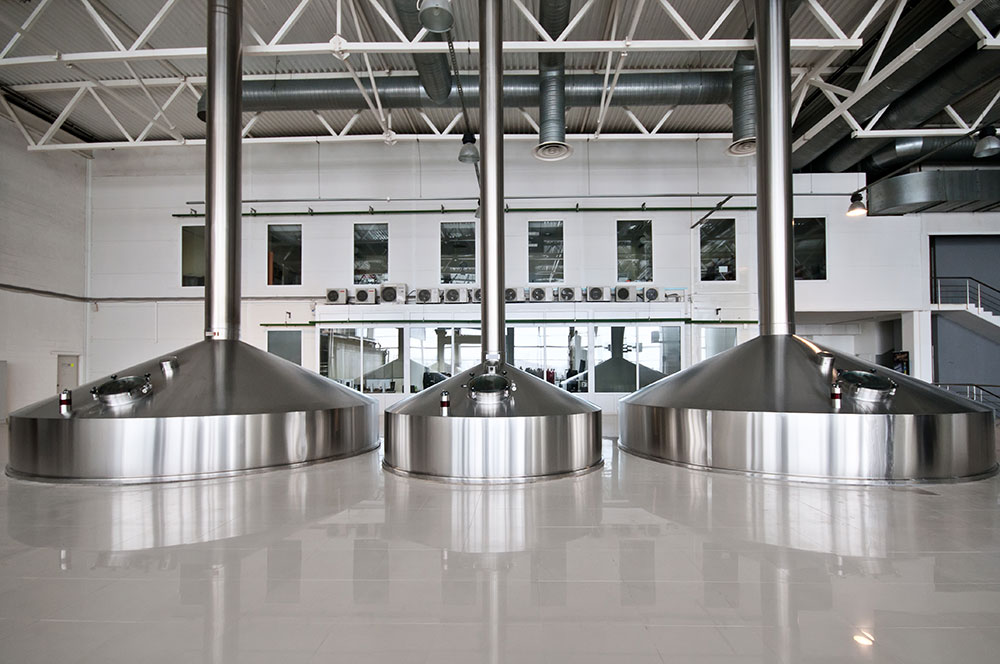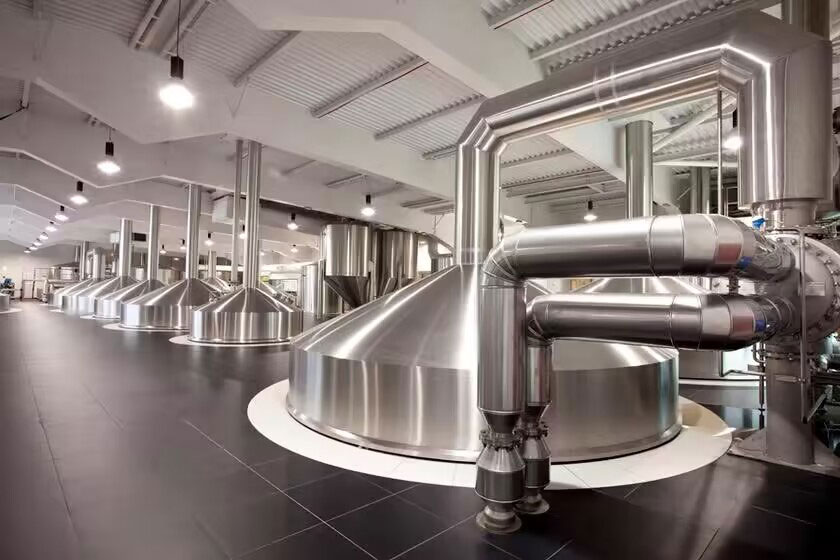Recently, the craft beer market has set off a cross-border trend of “coffee + craft beer”. From “coffee stout” to “tea coffee craft beer” and then to “cold brew coffee ale”, the fusion of coffee and craft beer has not only broken the taste boundary of traditional beer, but also become a social currency pursued by young consumers. Data shows that last year, the transaction volume of tea coffee flavored beer increased by more than 5,300% year-on-year, and the number of related topics played on video platforms exceeded 1 billion times.

Behind this phenomenon is the generational change of consumer groups and the upgrading of the scene’s needs. The taste exploration of Generation Z: Post-90s and post-00s consumers pursue the dual experience of “both refreshing and tipsy”. The mellow aroma of coffee and the refreshingness of beer form a unique contrast, which fits their consumer psychology of “novelty is justice”.
Health and functional trends: Low-alcohol coffee beer (such as a non-alcoholic version) meets the “sober social” needs of people in the workplace. At the same time, the addition of caffeine gives the product a “functional” label and broadens the consumption scene.
Brand differentiation breakthrough: In the competition of craft beer homogeneity, coffee flavor has become a weapon for brands to shape a high-end image and enhance premium ability.
Despite the high market enthusiasm, the large-scale production of coffee beer still faces multiple bottlenecks, raw material adaptation problems: the degree of roasting and extraction method (cold extraction/hot extraction) of coffee beans directly affect the stability of flavor, and need to be accurately matched with the malt mash process. Some manufacturers have excessive bitterness of coffee due to improper processing, which weakens the balance of the beer.
Fermentation control complexity: Acidic substances in coffee may interfere with yeast activity, and fermentation consistency must be ensured through an intelligent temperature control system (such as ±0.2℃ precise control) and special yeast screening.
Equipment flexibility requirements: Traditional equipment is difficult to be compatible with the coffee addition link, and modular design is required to support multiple raw material feeding, segmented fermentation, and other functions to meet the “small batch, multiple batch” production needs.

As consumers’ demand for “flavor superposition” deepens, categories such as matcha beer and herbal craft beer may take over as new hot spots. Whether the brewery can respond quickly to market changes depends on whether it has flexible production capabilities and intelligent technology bases.
Shandong Tiantai Beer Equipment has helped thousands of breweries achieve the transformation from “single category” to “multi-matrix” with its modular design, full process automation, and customized services. If you want to seize the craft coffee beer market or layout other innovative categories, please contact Tiantai for exclusive solutions!



